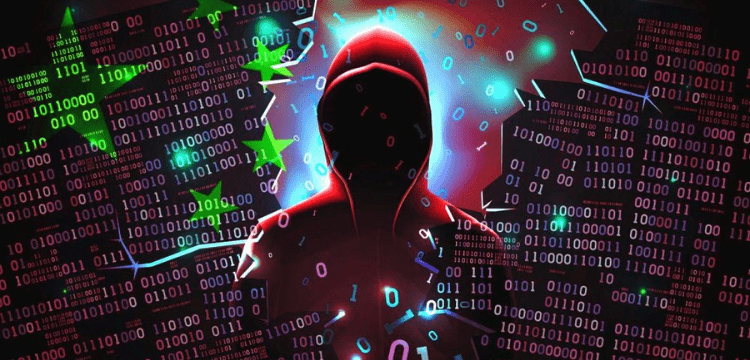[vc_row][vc_column][vc_column_text dp_text_size=”size-4″]The US, its Western allies, and Microsoft have issued a warning after discovering that state-sponsored Chinese hackers have successfully accessed crucial US infrastructure networks. They also warned that similar espionage attacks could be taking place around the world.
The charges have been condemned by China’s Foreign Ministry as a “disinformation campaign.”
Also Read: Another talented foreign player is about to join Pakistan’s national team.
What did Microsoft have to say?
Microsoft stated that one of the targets was the Pacific Ocean nation of Guam, which is home to US military sites. According to the IT giant, “malicious” activities had occurred in other areas as well, and “mitigating this attack could be challenging.”
Microsoft experts expressed “moderate confidence” that a Chinese outfit dubbed “Volt Typhoon” was developing capabilities capable of disrupting crucial communications infrastructure between the United States and Asia during future crises.
Attacks by Volt Typhoon began in mid-2021 and appear to be geared towards undermining the US in the event of a regional conflict.
Communications, manufacturing, utilities, transportation, construction, maritime, government, information technology, and education are among the organisations affected.
Which countries were impacted?
Authorities in the United States, Australia, Canada, New Zealand, and the United Kingdom issued a joint advisory claiming that the cyber actor behind Volt Typhoon is supported by the Chinese government and that similar hacking efforts are likely occurring on a global scale.
The advice warned that the cyber operations had an impact on vital infrastructure sectors in the United States and that the same techniques might be used against other sectors around the world.
The United States and its allies emphasised that the hackers used “living off the land” tactics, utilising built-in network capabilities to blend in with conventional Windows PCs. These strategies enabled them to include seemingly innocuous system management commands.
To conceal their actions, the hackers routed their traffic through hacked small office and home office network equipment such as routers, firewalls, and VPN devices. The attackers also used customised versions of open-source technologies, according to Microsoft.
In response to these dangers, Microsoft and security organisations issued guidelines to assist organisations in detecting and fighting cyber breaches.
How Did China React?
China claimed that the claims made by Microsoft and the US and its allies lacked sufficient evidence.
“This is an extremely unprofessional report with a missing chain of evidence, this is just scissors-and-paste work,” said Foreign Ministry spokesperson Mao Ning.
She called the allegations “a collective disinformation campaign” launched by Washington.
According to Mao, the United States is a “hacker empire” that is “expanding new channels for disinformation dissemination.”
While China and Russia have previously targeted critical infrastructure, according to John Hultquist, chief analyst at US cybersecurity firm Mandiant, Volt Typhoon reveals new insights into Chinese hacking.
He characterised Chinese cyber threat players as distinct because they have not commonly used damaging and disruptive cyber strikes, making their capabilities less obvious. According to him, the exposure of these actions provides a once-in-a-lifetime opportunity to examine and prepare for this unique threat.[/vc_column_text][/vc_column][/vc_row]











